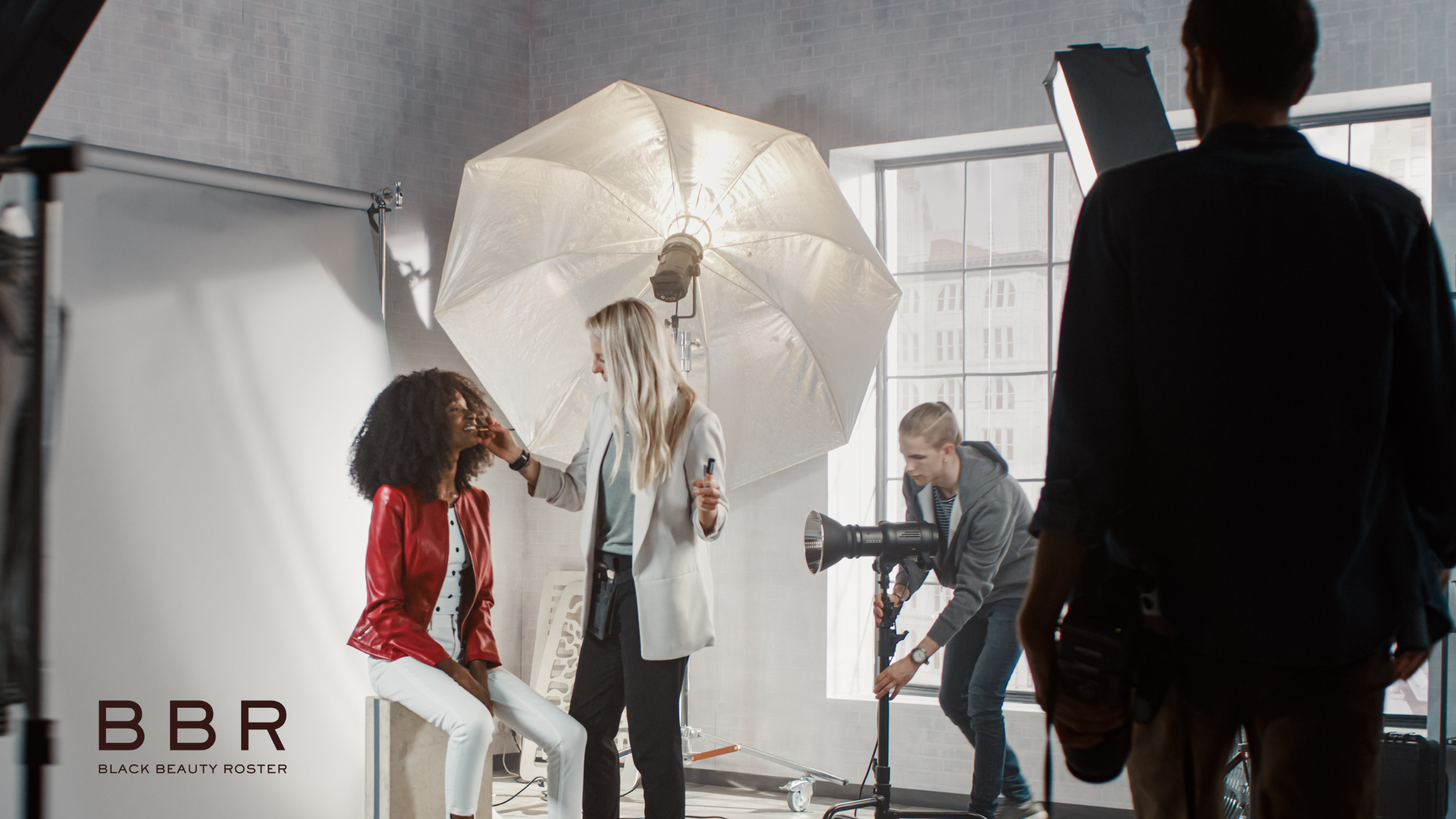Here you will find vetted beauty professionals for your on and off set hair and makeup needs
Artist availability may vary. Please request via BBR Support PageThree Steps to an Inclusive Hair and Makeup Production

As brands gear up for activations, productions restart, and fashion season approaches, this simple guide couldn't be more timely. From models who have felt neglected in the hair and makeup chair to actors frustrated by their struggles in the makeup trailer, and backstage sets lacking a team that fully understands deeper skin complexions and textured hair—here is an easy three-step guide to creating a genuinely inclusive space where all your talent feels seen and respected.
1. Balance Power Dynamics
Create a safe space for performers of color to voice their concerns without fear of retaliation. Balance power dynamics by ensuring that even high-profile individuals are held accountable for their actions. Implement an open-door policy or assign watchdog duties to relevant team members to protect vulnerable talent.
This is crucial to prevent incidents like the one involving Anok Yai, where at the beginning of her career a famous photographer made racially insensitive comments that went unaddressed, leading to resentment of a brand by talent and potential backlash in the future. Read more about it here.
2. Have Access To A Pool of Diverse Hair and Make Up
What if you could easily and quickly access a pool of highly trained hair and makeup artists who can work with all hair types and skin complexions? Imagine the amount of time you could save. The BBR portal provides a centralized destination for all your diverse hair and makeup needs, whether it be for on-set work, film premieres, press tours, or photoshoots. This resource ensures your production has the expertise needed to meet diverse beauty needs efficiently and effectively.
Here is a quick overview of how to use the BBR Portal to hire hair and makeup.
For Productions follow the SAG-AFTRA Guidelines
We believe even other industries can adopt these guidelines to support their diverse talent!
- Consult with Performers: Engage with performers to discuss their hair and makeup needs, ensuring their specific and necessary beauty requirements are considered. Use a simple form or questionnaire where they can share their preferred products and techniques. Gone are the days of hiring beauty professionals unfamiliar with textured hair. A straightforward interview process can save you time and alleviate the stress for diverse talent who might otherwise feel overlooked.
Learn more about SAG-AFTRA beauty equity guidelines.
- Teach Decision Makers: Educate decision-makers about the diverse beauty needs of performers. Highlight the different requirements for deeper skin tones and textured hair to ensure they make informed decisions for Black and Brown talent. If your team doesn't understand the unique care and considerations for diverse beauty needs, it's easier to overlook or unintentionally marginalize diverse talent, making them feel unseen and treated like a monolith.
- Compensate for Time: Recognize the time and effort performers invest in their appearance. Offer a minimum of two hours of compensation for hair and makeup preparation, especially for time-consuming styles like braids. Acknowledge the significant time difference between performers who spend five hours doing their hair and those who spend only 30 minutes.
Here is a summary of the SAG-AFTRA guidelines:
By following these steps, you can take immediate and impactful actions toward creating a more inclusive, respectful, and efficient production environment. Whether you implement all at once or gradually, each step contributes to fostering a genuinely inclusive space where all talent can thrive.






